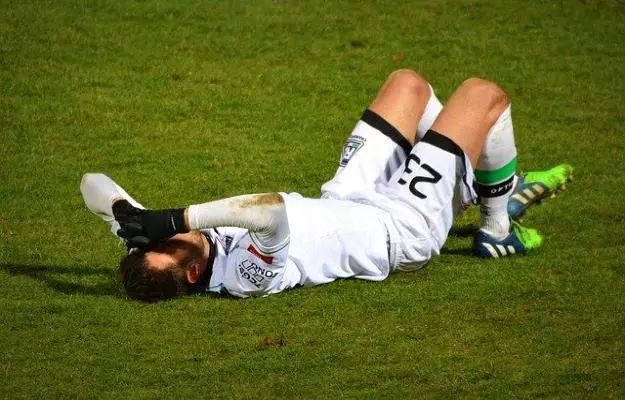Groin strains are some of the trickiest injuries to deal with, both for the person who has suffered one as well as the doctor who will eventually treat the injury. The groin area is a jumble of multiple muscles in the lower part of the pelvis.
Of course, injuries to the groin can happen to anyone, but they are more common among runners or those involved in playing sports that include a lot of running or jumping. Cricketers, hockey players, footballers and athletes involved in jumping or kicking sports usually experience the problem in their dominant leg because of the extra pressure they put on these muscles.
You may have seen athletes, either on television or in your running group, clutching their groin or walking gingerly after suffering an injury - unable to run after that. A groin strain or pull can be painful and severely limit your movement for a short period of time. However, a more severe strain could take about six weeks or more in recovery - if you are engaged in sports or a job that requires heavy lifting or strenuous travel, your doctor may advise you to avoid going back to work for a little while longer.
Physical therapy given by a trained professional and exercises recommended by your doctor may speed up the recovery in some cases. Over-the-counter medications could also help to deal with the pain of a groin injury in most cases.





































